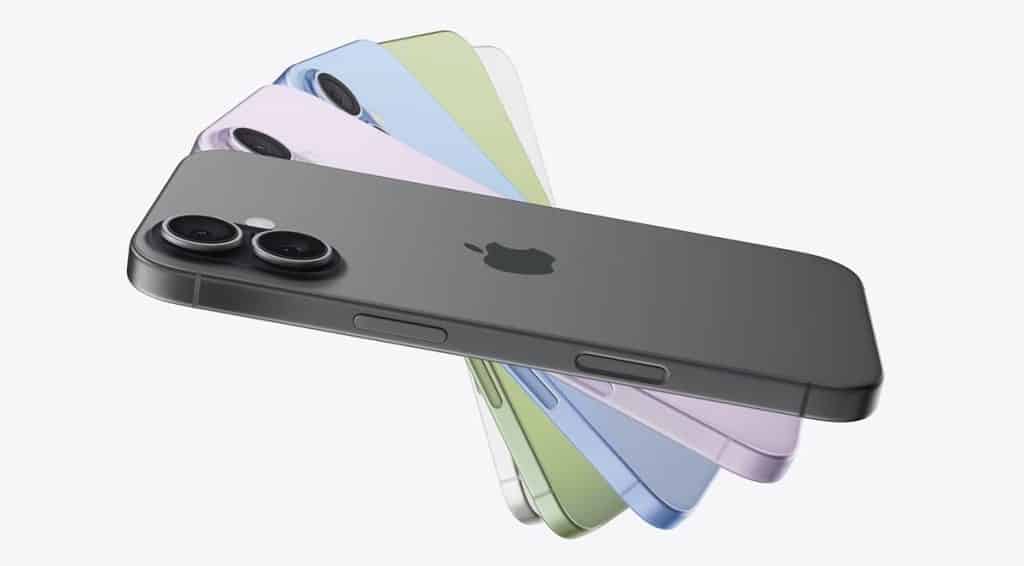The T-Mobile Starlink satellite service is moving closer to mainstream use, as the carrier confirmed that satellite-based connectivity now works with a handful of messaging apps. Initially pitched as a way to send SMS texts in areas without cellular coverage, the feature has been extended to include apps such as WhatsApp and iMessage, according to new details.
The expansion marks a significant step for T-Mobile and SpaceX, who first announced their partnership in 2022 with the goal of eliminating cellular dead zones in the U.S. While the service remains in beta, broadening app support makes it more practical for everyday users — especially those traveling or living in rural areas.
A Growing List of Supported Apps
T-Mobile’s -to-phone service originally emphasized basic text messaging over SMS. Now, early testers have confirmed that popular apps are starting to function, including iMessage, WhatsApp, and select messaging services that handle low-bandwidth data efficiently.
This doesn’t yet mean full internet browsing or high-bandwidth video calling is supported. Instead, the focus remains on ensuring users can send and receive critical communications in emergencies or when traveling through areas without terrestrial cell service.
Why It Matters
For years, satellite phone connectivity has been restricted to niche hardware and expensive subscription plans. By integrating Starlink directly with consumer smartphones, T-Mobile is testing a model that brings satellite communication to a far broader audience.
If successful, this approach could reduce one of the last pain points in mobile connectivity: complete dead zones. Outdoor adventurers, drivers crossing rural highways, or residents in underserved areas could rely on satellite-backed texting as a safety net.
Limitations Still Apply
The service is not yet a replacement for cellular or Wi-Fi connections. Bandwidth is still limited, meaning no video streaming or large file sharing. Performance also depends on open skies and favorable conditions for satellite visibility.
Still, the ability to keep core messaging apps online in remote areas represents a practical step forward. Analysts say this incremental rollout reflects a careful balance between technical feasibility and consumer expectations.
Looking Ahead
T-Mobile has not provided a nationwide launch date, but wider availability is expected in 2026 as Starlink’s second-generation satellites expand capacity. By then, additional apps may be supported, and integration with more smartphones could turn the service into a common feature rather than an experimental perk.
For now, the expansion is a sign that satellite-to-phone communication is steadily moving from concept to reality. More details on the technical side of the rollout, including how Apple devices are handling the feature compared to Android.
